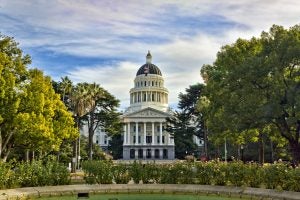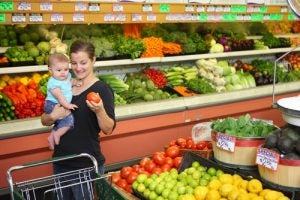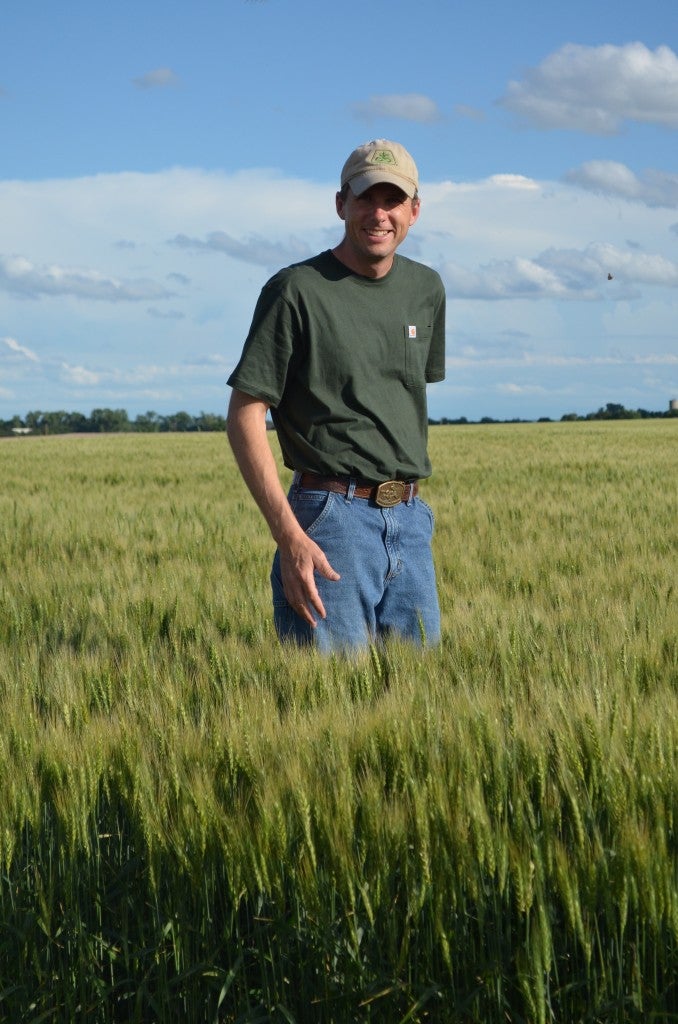In 2022, Farm Credit Canada launched the Sustainability Incentive Program to recognize and encourage customers to implement sustainable farming practices. Through the program, FCC partners with agriculture industry-led sustainability initiatives that have established systems for verifying and measuring environmental outcomes. This model has allowed FCC to offer innovative financial incentives to farmers producing several different commodities.
I sat down with Curtis Grainger, FCC’s Director of Lending Products and Sustainability Programs, to learn more about Farm Credit Canada’s Sustainability Incentive Program.














 Many of us spend a considerable amount of time thinking about food – whether it’s deciding what’s for dinner or how healthy something is for our family. Given that I work on food sustainability and am married to a chef, I spend an even more extreme amount of time thinking about food.
Many of us spend a considerable amount of time thinking about food – whether it’s deciding what’s for dinner or how healthy something is for our family. Given that I work on food sustainability and am married to a chef, I spend an even more extreme amount of time thinking about food. I first met Justin Knopf at a meeting in DC about five years ago. At 6’3”, he definitely stood out, but not just physically. He openly conveyed how important his family and his land are – the reason he cares so much about making sure his Kansas farming operation can live on is for his children. It’s rare to meet someone so articulate, sincere and committed to sustainability.
I first met Justin Knopf at a meeting in DC about five years ago. At 6’3”, he definitely stood out, but not just physically. He openly conveyed how important his family and his land are – the reason he cares so much about making sure his Kansas farming operation can live on is for his children. It’s rare to meet someone so articulate, sincere and committed to sustainability.